Angola
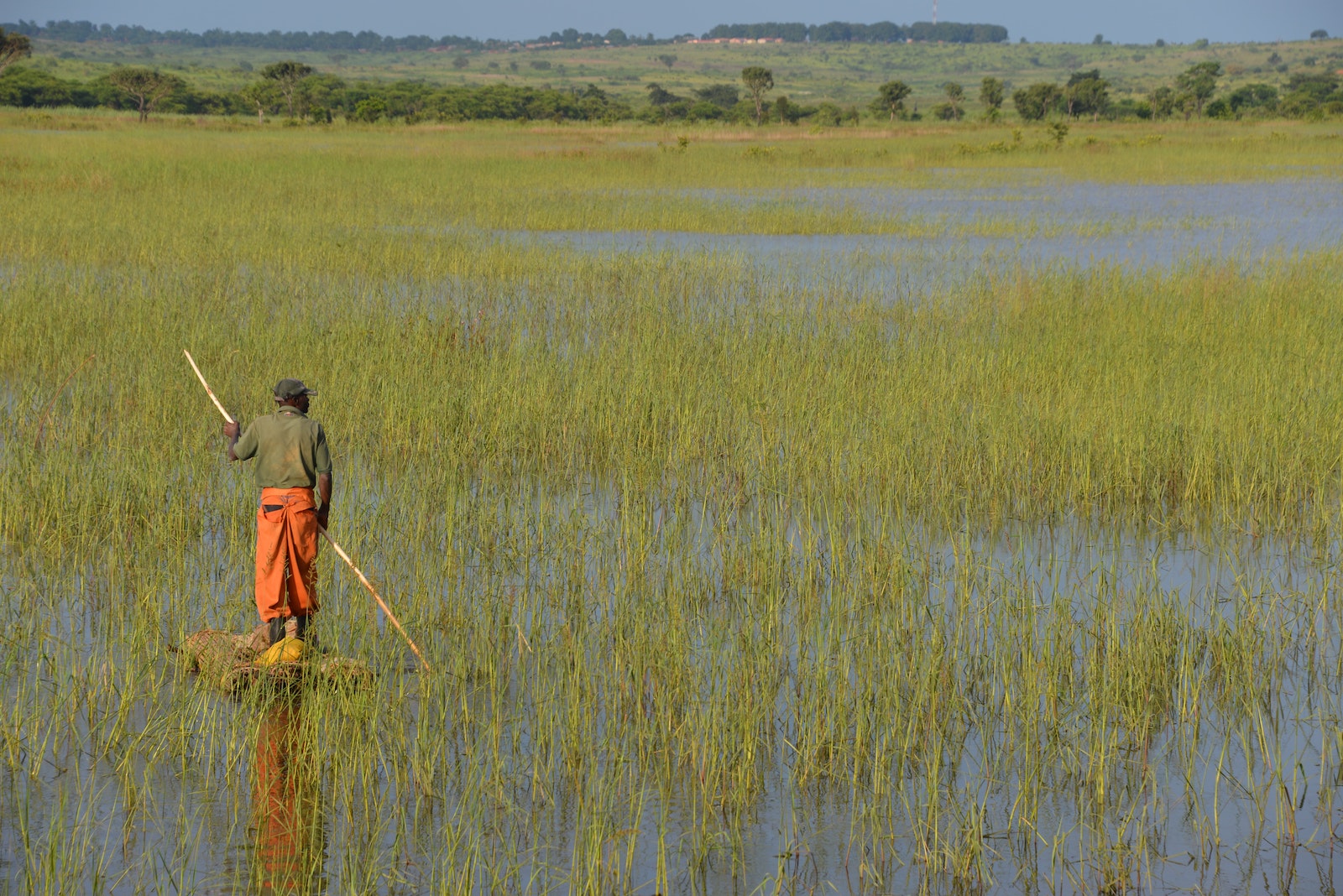
Having completed its first-ever national agricultural survey, Angola has adopted the Hand-in-Hand Initiative to strengthen the impact of the National Development Plan. The farmer field schools programme, launched jointly with FAO in 2006, has grown tremendously and now provides a vital support to the plan. The aim is to expand a principal part of the National Development Plan from its current 100,000 participants to 1 million using the HIH approach. The work is funded by Angola’s agriculture-oriented unilateral trust fund agreement.
Bangladesh
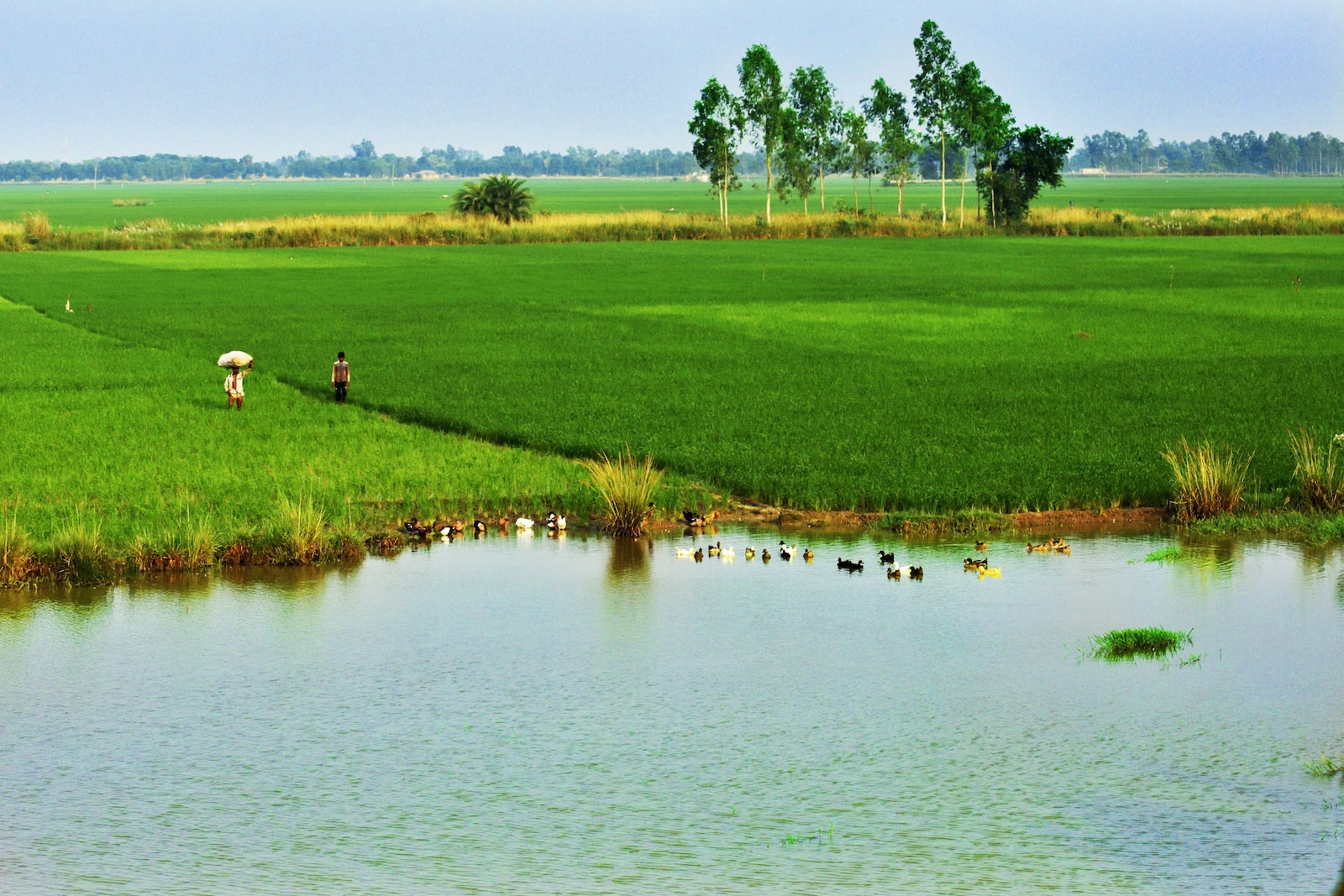
Despite having made remarkable progress on the Sustainable Development Goals, Bangladesh still faces challenges, with 20 percent of the population living below the national poverty line. The Government has committed to moving the farming sector to a more commercial, mechanized and diversified sector. In this context, the HIH Initiative is becoming a key support for the government’s priority Agriculture Transformation Programme, which seeks to modernize the agriculture sector through interventions such as agro-mechanization, agro-processing, post-harvest processing, cold chain, and safe value chain strategies; engagement of private sector associations, international finance partners, national banks and investors; and adoption of climate-smart agricultural systems to build resilience.
Bhutan

Bhutan has engaged the Hand-in-Hand Initiative to support four priority areas: enterprise development and marketing; climate-smart agriculture and sustainable farming; food security and nutrition; and GIS platforms and digitalization of farming. The Government has undertaken baseline studies to identify key constraints and opportunities. Together with the Hand-in-Hand task force team, the Government has initiated the development of typologies.
Bolivia

The Initiative seeks to strengthen national efforts through coordinated and comprehensive work, enabling national counterparts to move forward together with the technical support of FAO in identifying and optimizing public and private investments to strengthen Bolivia’s agricultural sector, as well as to encourage the mobilization of financial resources from other international donors.
Burundi

The Initiative started in Burundi in late 2021, with the Minister of the Environment, Agriculture and Livestock indicating expectations for strong support from the Hand-in-Hand process for five strategic priorities, including increasing productivity and quality of food through the establishment of agricultural growth zones ("centres de rayonnement") and breeding centres, with a focus on transformation and fortification. The HIH team is currently working with the Government on several analytical products, including agricultural typologies and territorial analyses. The team is also conducting analysis on institutional and governance aspects related to decentralization, land, water and forest tenure, and the development-humanitarian-peace nexus.
Colombia

In Colombia, the Hand-in-Hand Initiative will provide a framework for coordinated work between the Government and the FAO to strengthen economic and social development in the border areas of Colombian territory. Additionally, the Initiative will support and guide the mobilization of resources at the territorial level to continue the fight against hunger, generate sustainable agrifood systems, reduce carbon emissions and achieve prosperous and inclusive rural societies.
Cuba

The Initiative seeks to strengthen national efforts through coordinated and comprehensive work, enabling national counterparts to move forward together with the technical support of FAO in identifying and optimizing public and private investments to strengthen Cuba's agricultural sector, as well as to encourage the mobilization of financial resources from other international donors.
Dominican Republic

In the Dominican Republic, the Hand in Hand Initiative is contributing to the transformation of agri-food systems and strengthening access to markets for farmers located on the Haitian border. In particular, and in close collaboration with the Ministry of Agriculture, the Ministry of Economy, Planning and Development, and the Ministry of Tourism, the entry point of the Initiative is the Productive Border Program (Programa Frontera Productiva in Spanish): a government instrument to guide development of the provinces of the border area, based on the demands prioritized by the population, the analysis of structural gaps and productive zoning in function of the potential of the territory.
Ecuador
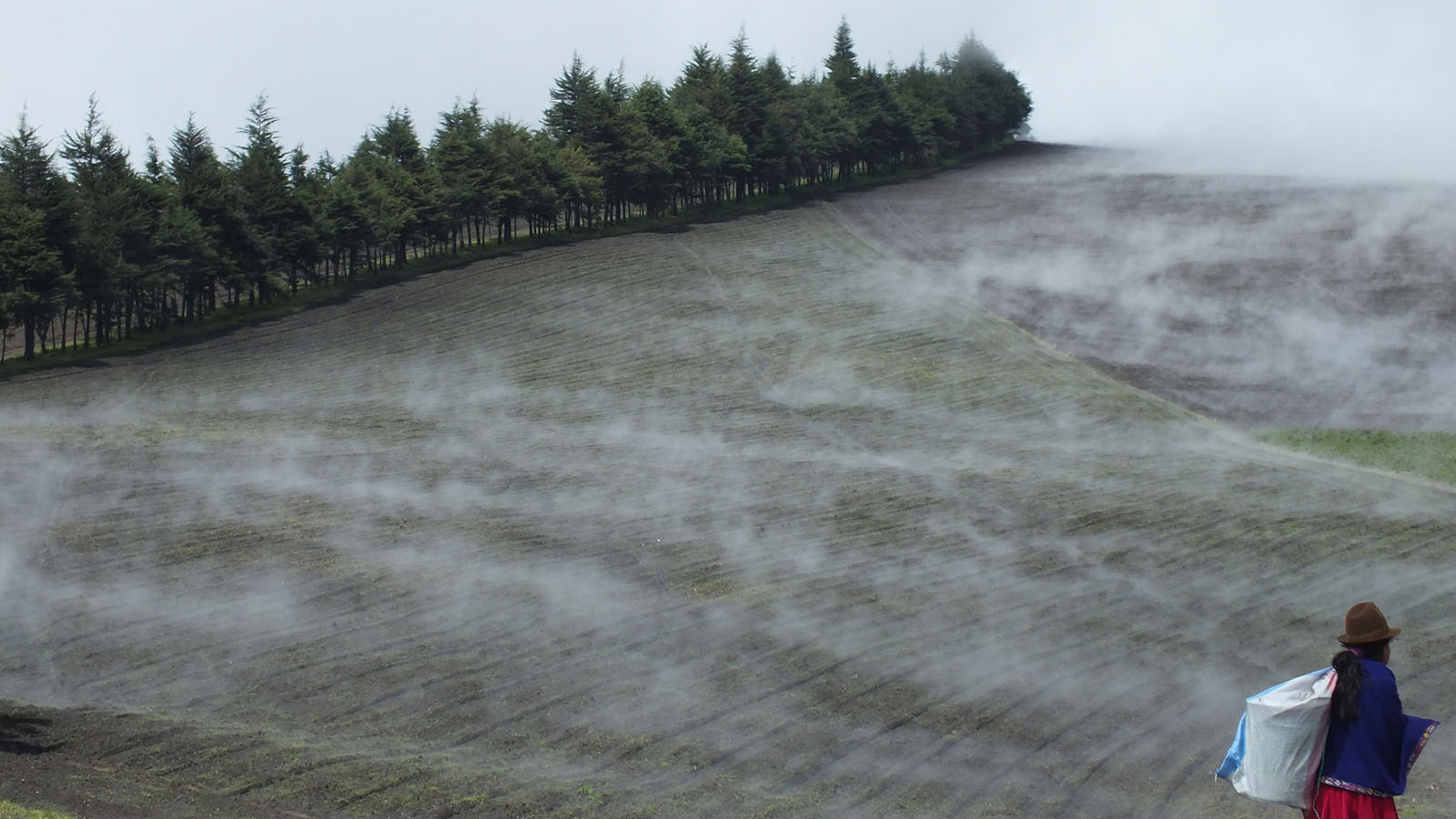
Since June 2020, the Ministry of Agriculture and Livestock (MAG) has been advancing in the definition of priority territories that are characterized by their condition of high incidence of rural poverty and food insecurity, and also by the possibilities and their potential for agricultural development and increase in the income of vulnerable families. The Initiative is providing support to strengthen the Agro-productive Investment Strategy promoted by the MAG in Hand-in-Hand territories, as well as the mobilization of investments for socio-economic recovery and the transformation of the agricultural sector (with a special focus on avocado, cocoa, coffee, dragon fruit, plantain and soursop).
El Salvador
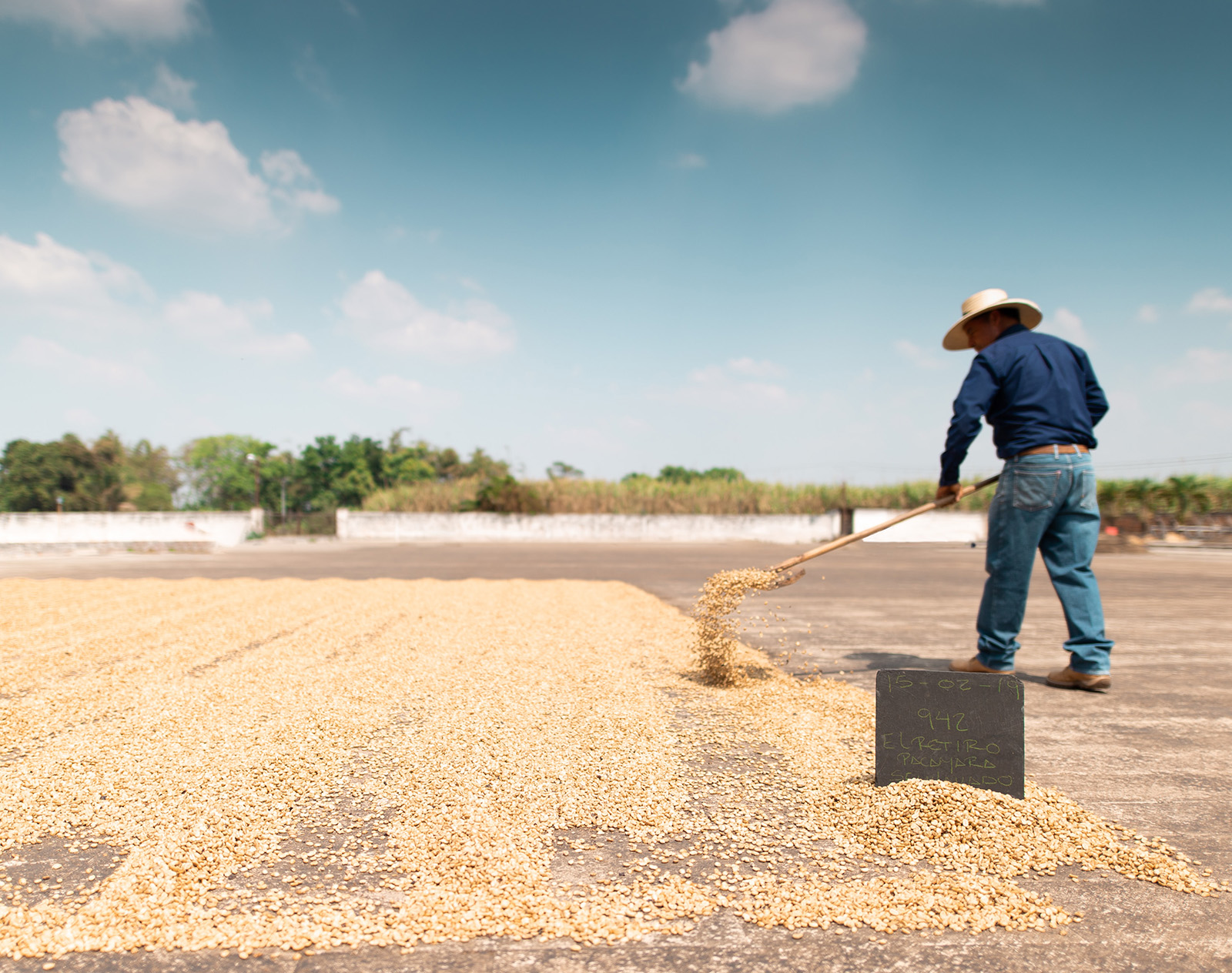
Ethiopia

The HIH Initiative in Ethiopia seeks to accelerate agricultural transformation and rural development, building on existing work supporting the development and implementation of the Integrated Agro-Industrial Park Policy. Several analytical products to support evidence-based decision making are under development. These include a quantitative poverty profile of the agricultural sector, as well as a poverty, food security, and nutrition baseline and territorial assessments in the Agro-Commodity Procurement Zones. The ACPZ Investment Plans successfully raised US$680 million to build small- and medium-scale irrigation and post-harvest and storage infrastructure over five years.
The most recent partner to come on board is Digital Green, a platform for disseminating agricultural knowledge to farmers. Another important partner is the Agricultural Transformation Agency, a government agency, which has produced several studies on the transformation of the sector.
Gabon

Guatemala
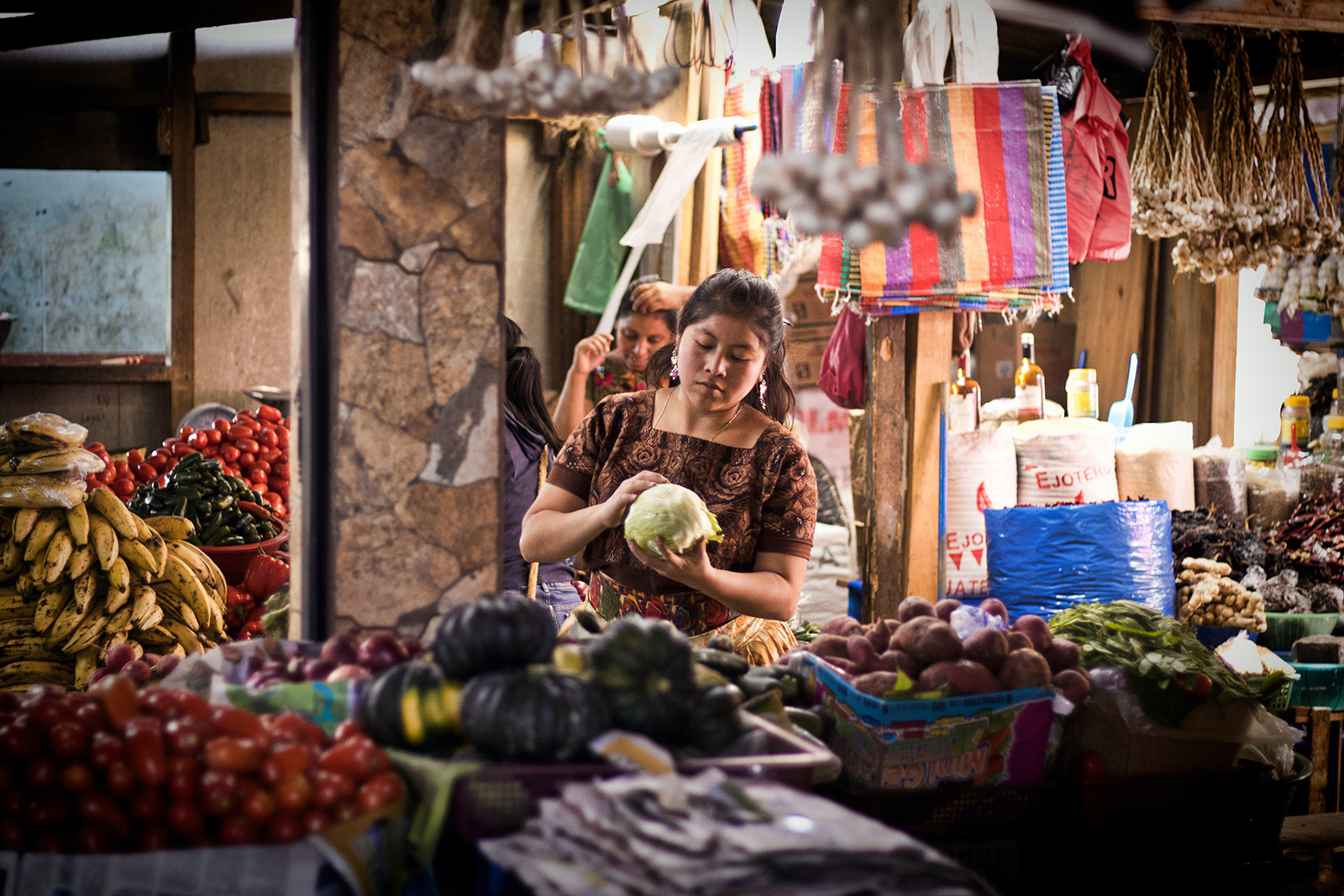
Guinea Bissau

The Initiative in Guinee Bissau focuses on three target regions — Gabu, Oio, and Biombo — where food insecurity and malnutrition are particularly high. The Initiative supports the preparation of a national strategy for the cashew value chain to build a more sustainable and inclusive supply chain and processing systems The Initiative also helps identify the most appropriate interventions for sustainable diversification of food systems. Several analytical products to support evidence-based decision making, including systematic analysis of cashew and fisheries value chains, and qualitative territorial development assessment in the three target regions, are under way.
Guyana

Haiti
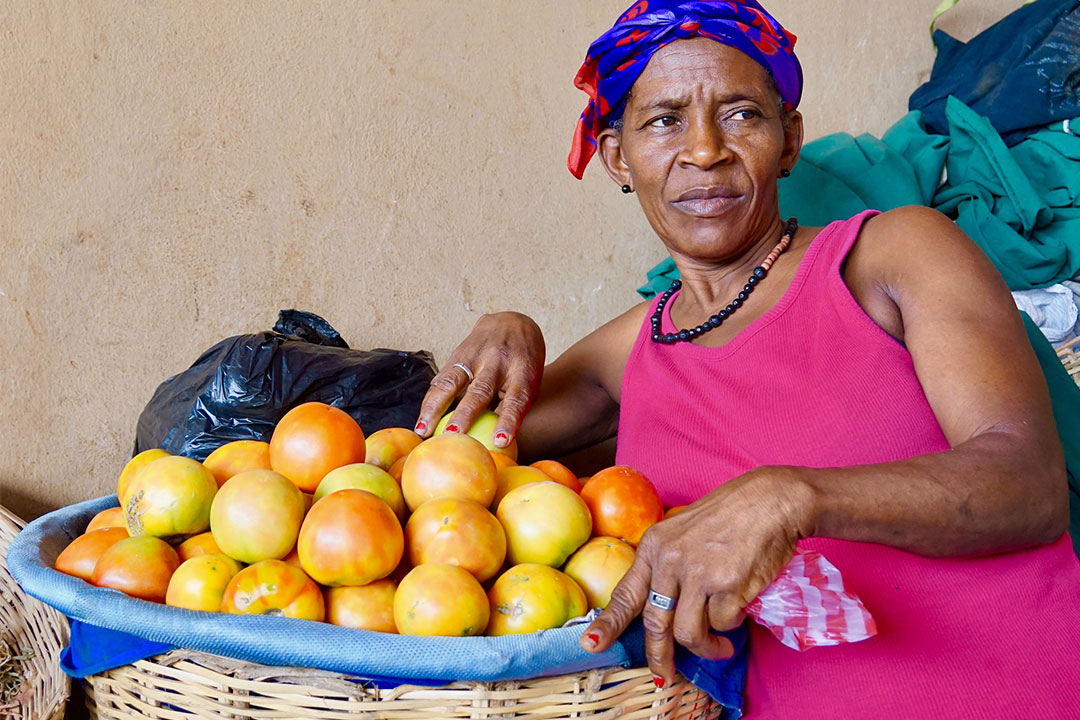
Honduras

Lao PDR
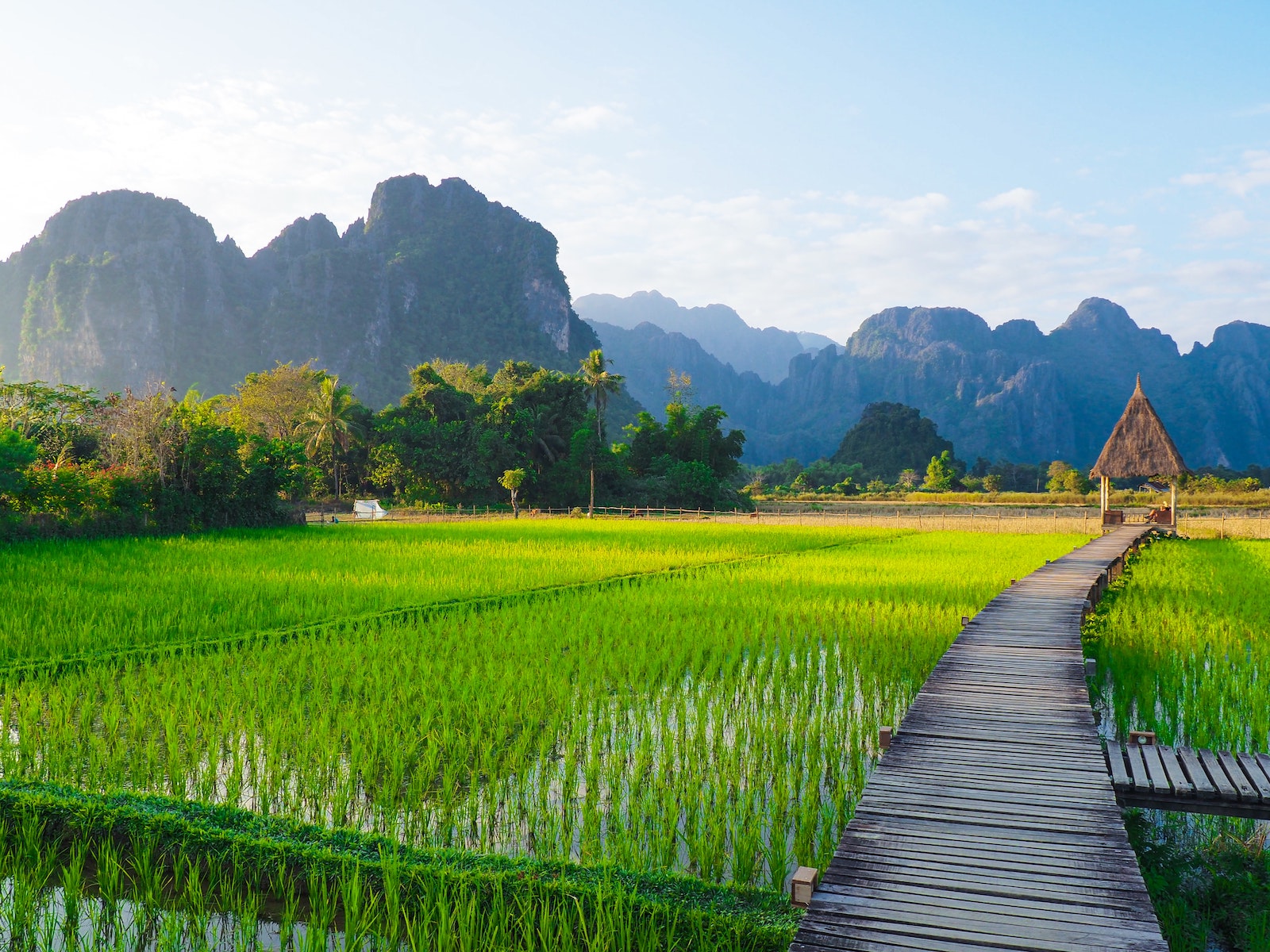
Lao People's Democratic Republic considers the HiH Initiative as a way to mobilize resources to unlock agricultural potential and eradicate poverty and malnutrition along the China-Lao railway corridor, currently under construction. Programme activities began in late 2020, including assessments of suitable production and value chain analysis (rice, maize, cassava, fruits). The Initiative aims to improve the livelihoods of smallholder farmers and vulnerable populations, especially women, youth and ethno-linguistic groups, in the provinces of Luam Namtha, Oudomxay, Luang Prabang, and Vientiane.
Malawi
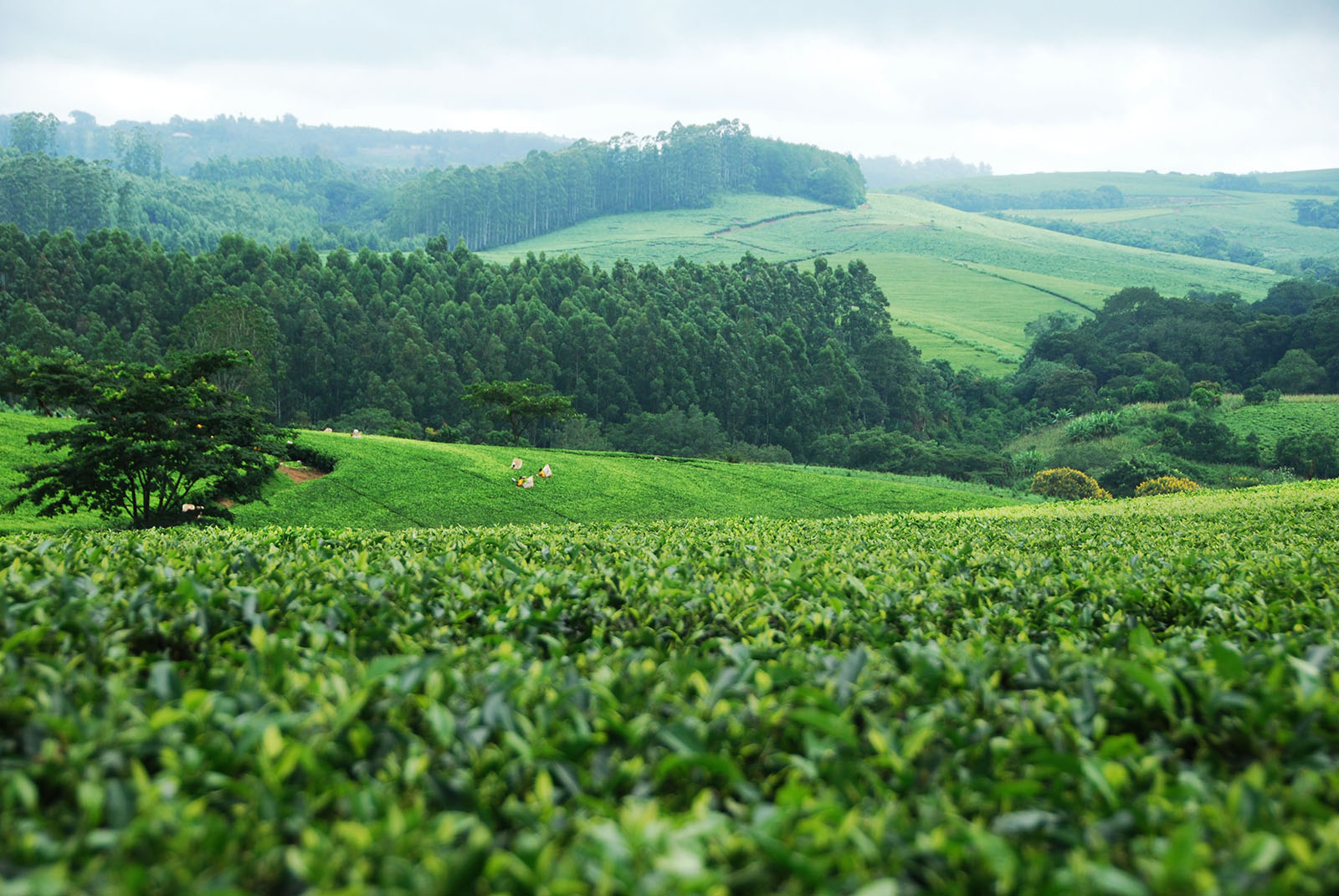
The Government has identified entry points and value chains that could benefit from HIH’s programmatic support to accelerate agriculture development. The HIH team in Malawi is in the process of validating typologies guiding note, which was developed early 2022. The Government has set up a national task force team, so that it can be trained by the GIS team to customize the typologies to fit the national context.
Mali

In Mali, the Initiative supports the operationalization of two pilot Agricultural Growth Zonez or Agropoles. The establishment of Agropoles is promoted by the country's Economic Acceleration and Sustainable Development Strategy (CREDD II, 2019-2023). It is also supported by the National Agricultural Investment Plan to attract private investment and enhance competitiveness and access to markets. Agropoles would also improve the incomes of smallscale producers and businesses, and boost their acess to healthy diets.
Nepal
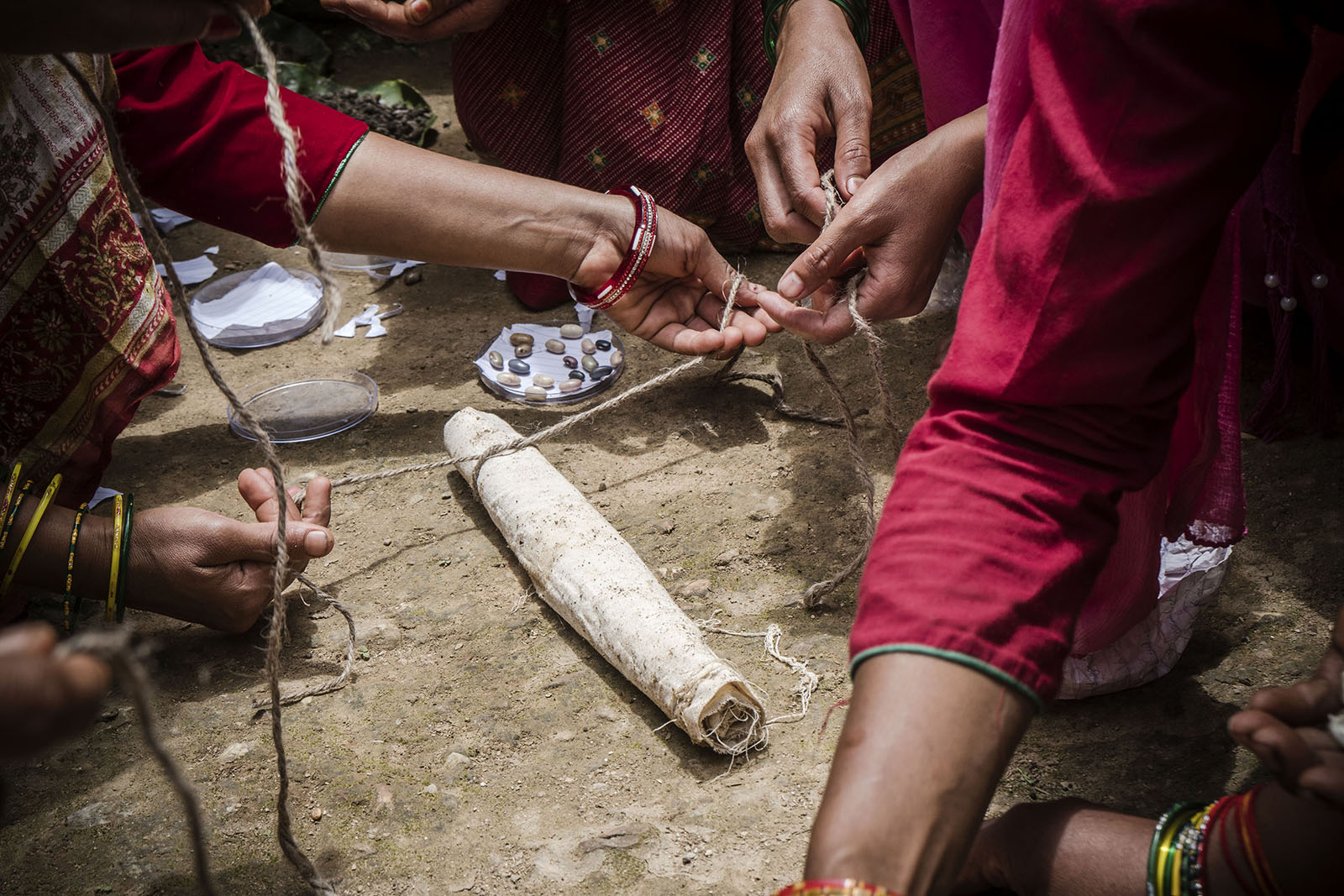
Under the Hand-in-Hand Initiative, FAO and the World Bank supported the Ministry of Agriculture and Livestock Development to conduct a study on a climate-smart agriculture investment plan (CSAIP). The study identifies key opportunities for collaboration and investment in the agriculture sector. It also contributes to the World Bank’s agriculture engagement strategy and FAO’s Green Climate Fund projects. The HIH team is supporting the rollout of CSAIP-related plans at the local level in selected provinces. This will help mainstream the inclusive climate-resilient agrifood systems approach and identify locally important investment requirements from development partners and private companies.
Nicaragua
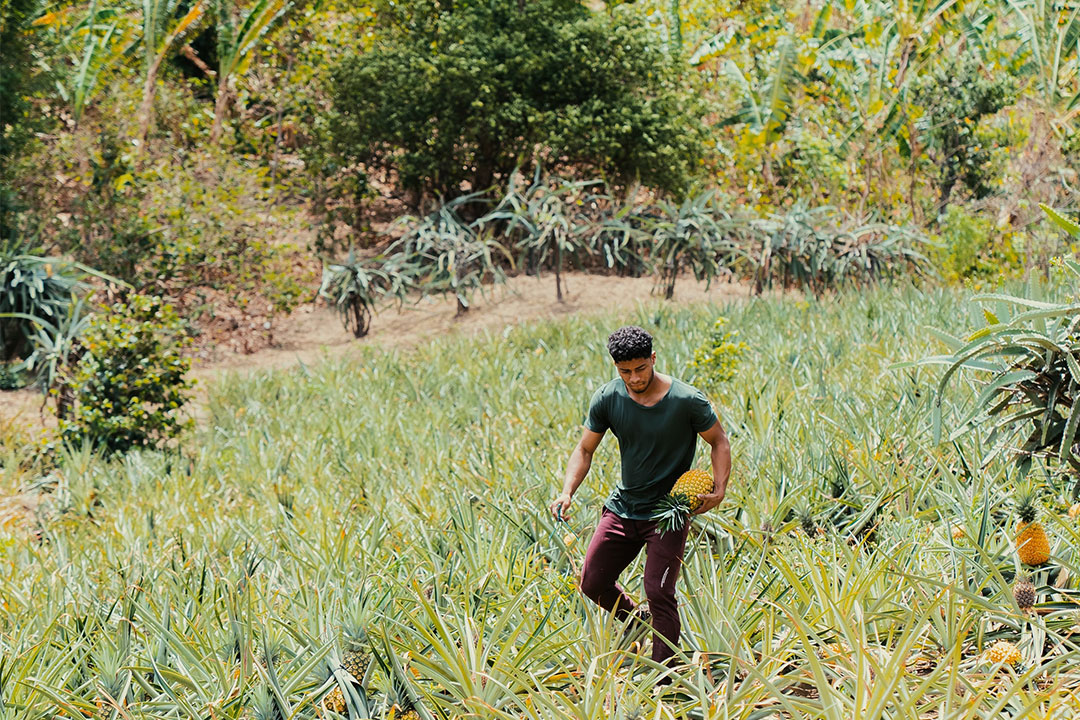
Niger

Niger has potential for agriculture and livestock development, but the economy remains vulnerable due to climate change, degradation of natural resources, lack of diversification and increasing security problems. The Initiative builds on the results of the ongoing “pro-Sahel” project, which promotes innovation of small-scale irrigation systems for small-scale producers in the Sahel. Key entry points include strengthening climate change resilience of irrigated farming systems. The Technical Cooperation Programme aims to identify investment opportunities in the target regions of Dosso and Tahoua to improve food security and nutrition, and sustainable use of natural resources.
Nigeria
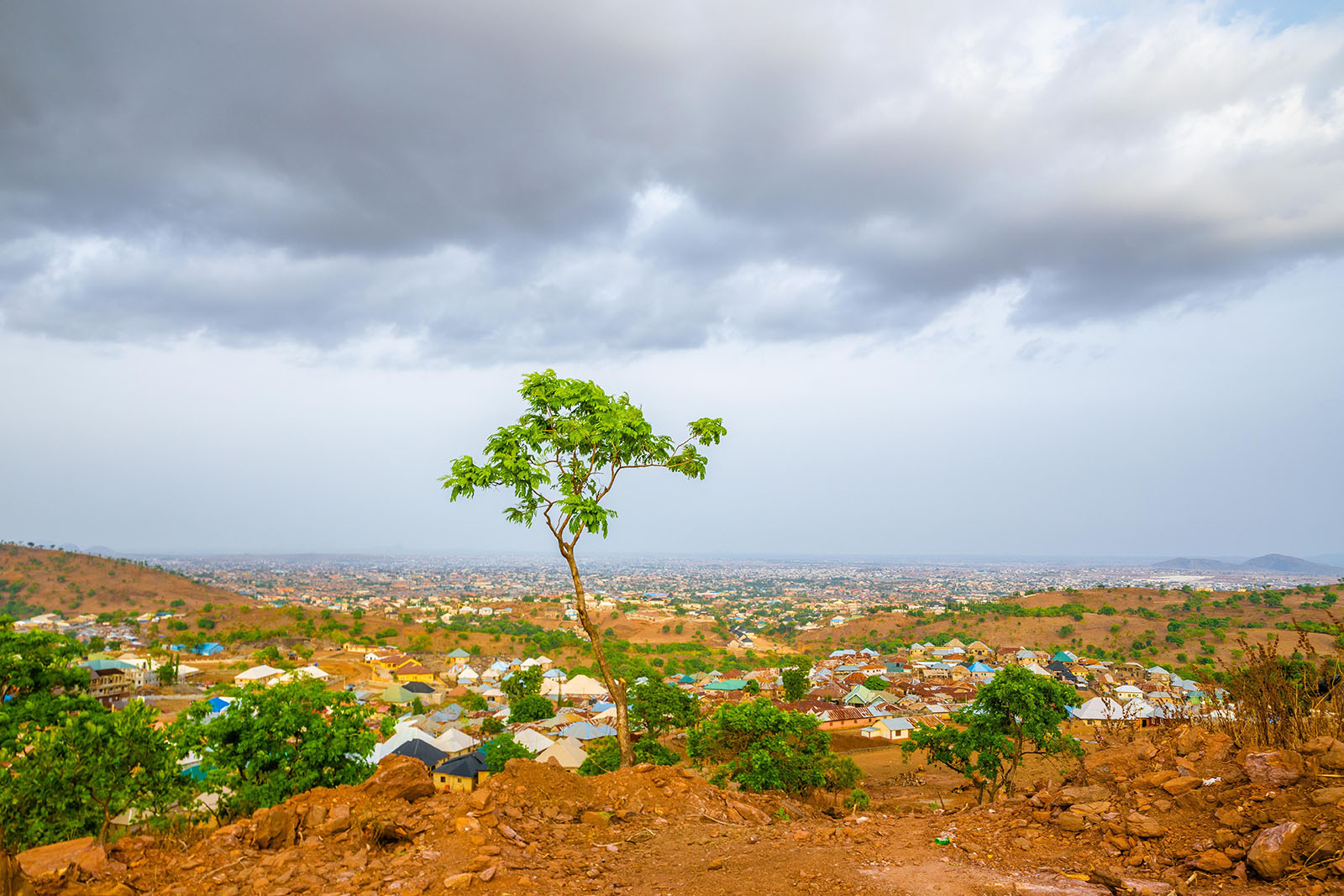
Pakistan

The HIH Initiative in Pakistan seeks to accelerate agricultural transformation sustainably. The Government has identified potential investment opportunities in developing agricultural value chains of 20 commodity clusters. The Pakistani Government also plans to restore the Indus River Basin to build resilience against climate change. Both initiatives will support the Government’s efforts to achieve cluster-based development — which can enable smallholder producers to engage in high-value agriculture — and ecosystem restoration in line with the Sustainable Development Goals and 2030 Agenda.
Paraguay
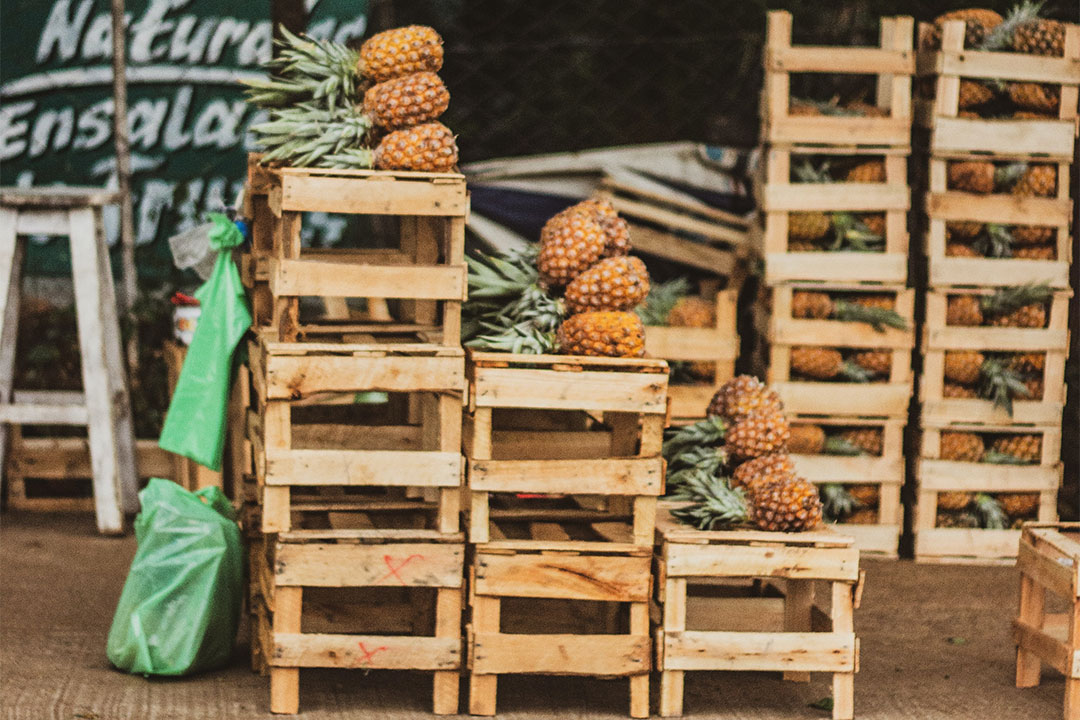
Peru
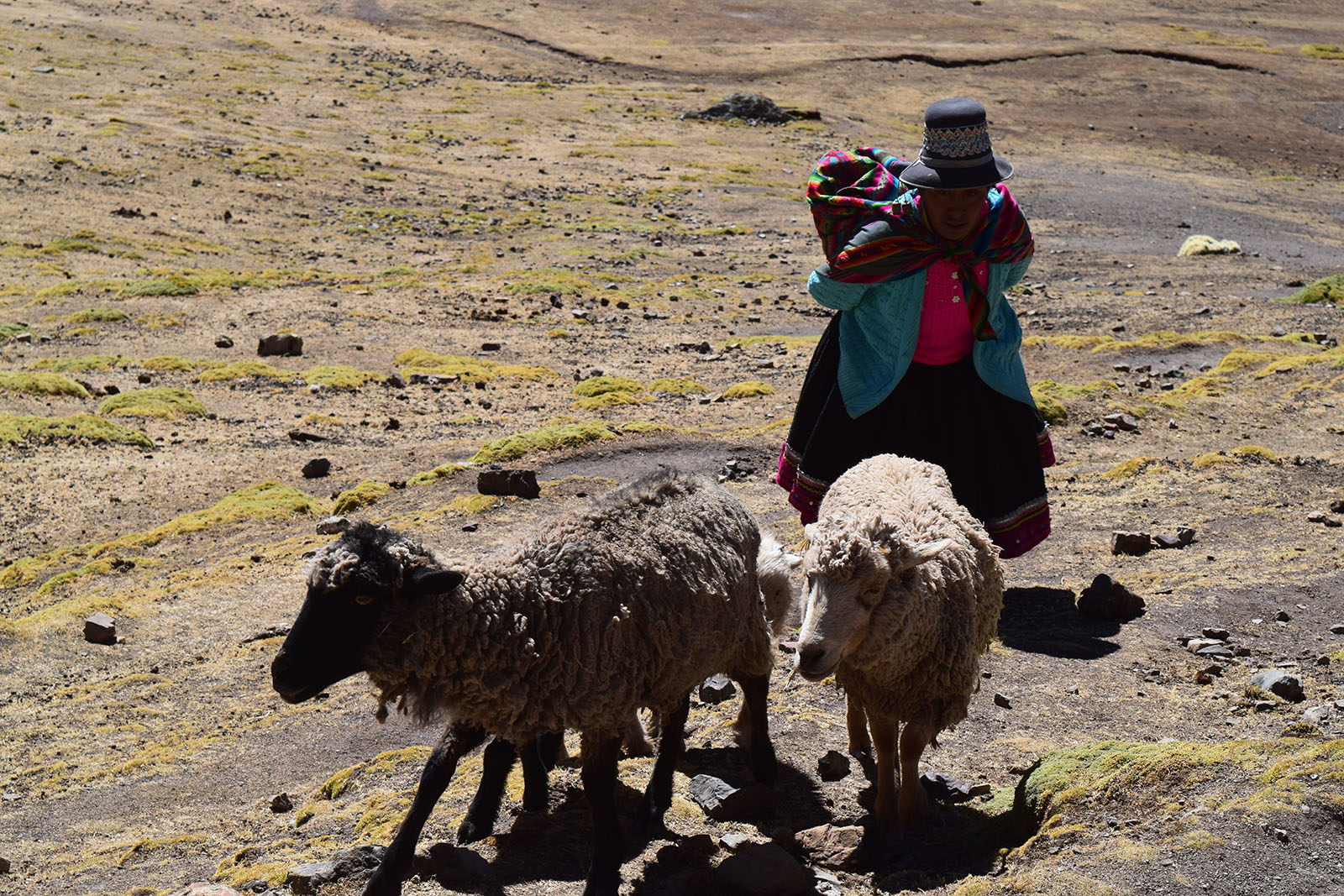
Solomon Islands

Under HIH, FAO supports the Ministry of Agriculture and Livestock with the 10-year Agriculture Sector Growth and Investment Plan (ASGIP) 2021-2030. The plan comprises four strategic programmes: governance, management, and innovation; national food and nutrition security; national livestock development programme; and national crop development. Based on the ASGIP, IFAD and FAO jointly designed the “Agricultural Investment for Markets and Nutrition Project” in 2021, which mobilised $15 million from the Global Agriculture and Food Security Programme (GAFSP). The project supports the HIH objectives of the Sustainable Development Goals 1 and 2.
Sudan
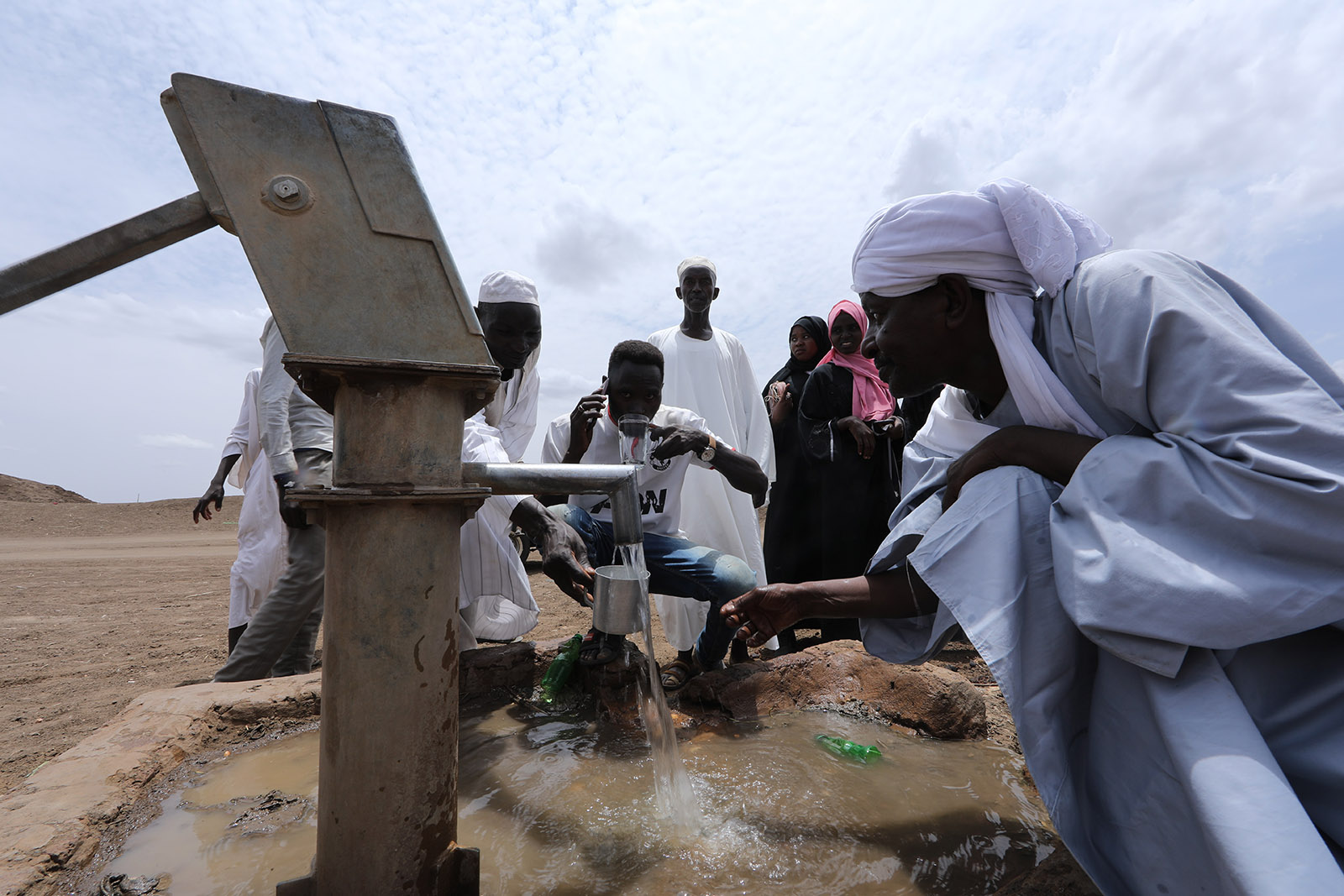
The Hand-in-Hand Initiative supports the establishment of the Agriculture and Livestock Transformation Agency as a means to accelerate progress toward inclusive and sustainable agri-food systems development and rural transformation. To this end, the Initiative has provided analyses, training, and recruitment. A technical task force, comprising government officials and FAO staff, has identified the first set of priorities include livestock sector development, which also support extensions and vaccination programmes, value chain development for sorghum and groundnuts, seeds distribution, water management and irrigation, financial services, and clean energy generation.
Tajikistan
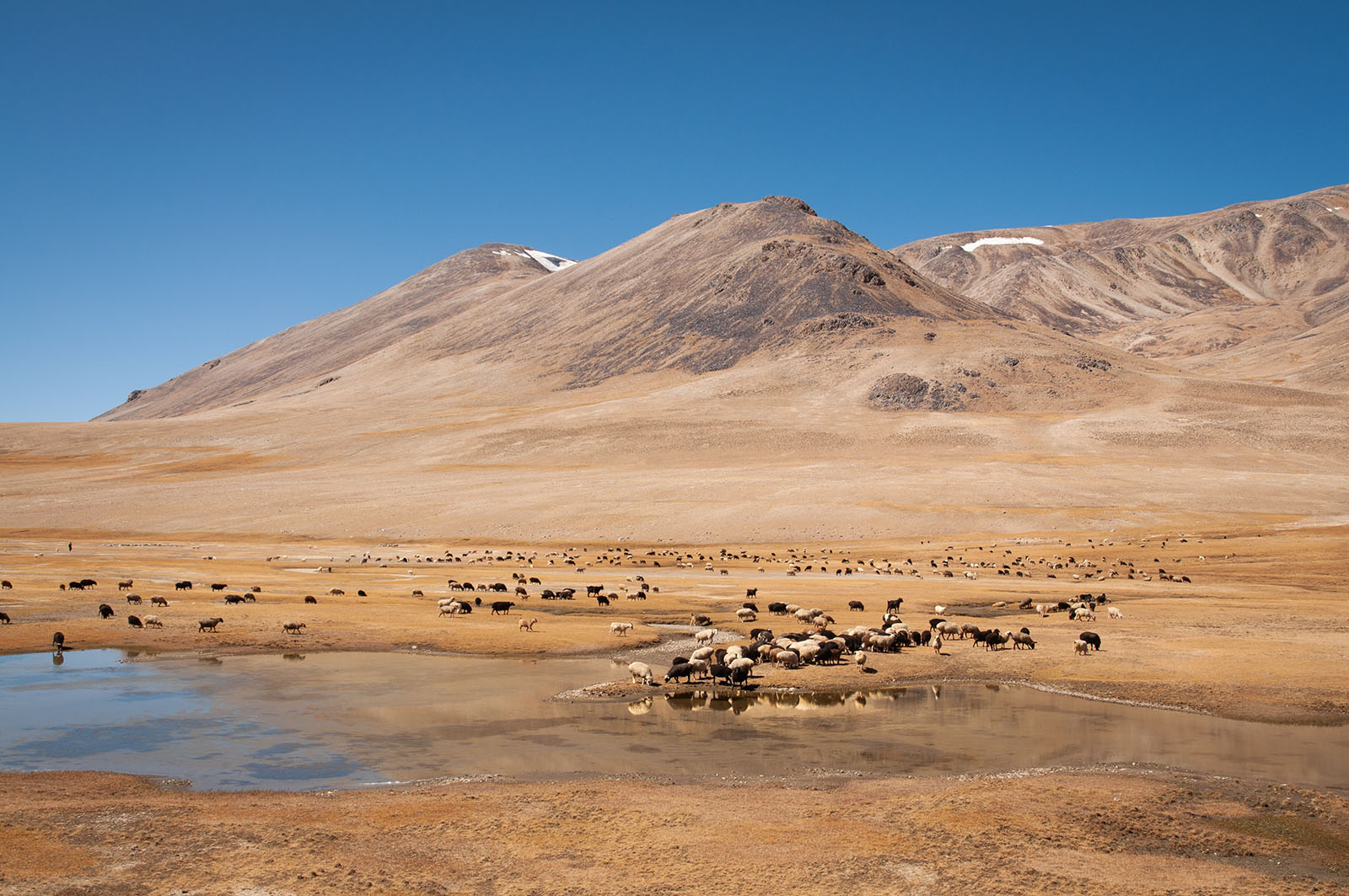
In Tajikistan, the Hand-in-Hand Initiative supports the development of a 10-year National Investment Plan for the agriculture sector. The Initiative specifically focuses on the dairy sector, which has been identified as one with the greatest potential to improve the incomes of the poorest communities and to generate opportunities for value-chain development. The HiH team has produced geospatial datasets related to Tajikistan’s food systems, including population, infrastructure, natural resources, production, and data processing. The World Bank and IFAD are financing two projects identified by the geospatial datasets.
Yemen

Yemen is in need of prioritizing the humanitarian-development-peace nexus. In May 2021, FAO, UNDP, WFP, and the World Bank mobilized $127 million to provide nutritious food products and restore livelihoods, which aligns with the goals of the Hand-in-Hand Initiative. The HIH team is working with the Government on drafting the National Agriculture and Fisheries Strategy (NAFS) and National Agriculture and Fisheries Investment Plan (NAFIP) in order to facilitate the development of a national strategy to improve food security. To raise money, they have finalized key financial models for investment in production and post-production technologies. Additionally, the World Bank has secured an additional financing of $150 million for the Yemen Food Security Response and Resilience Project.
Zimbabwe
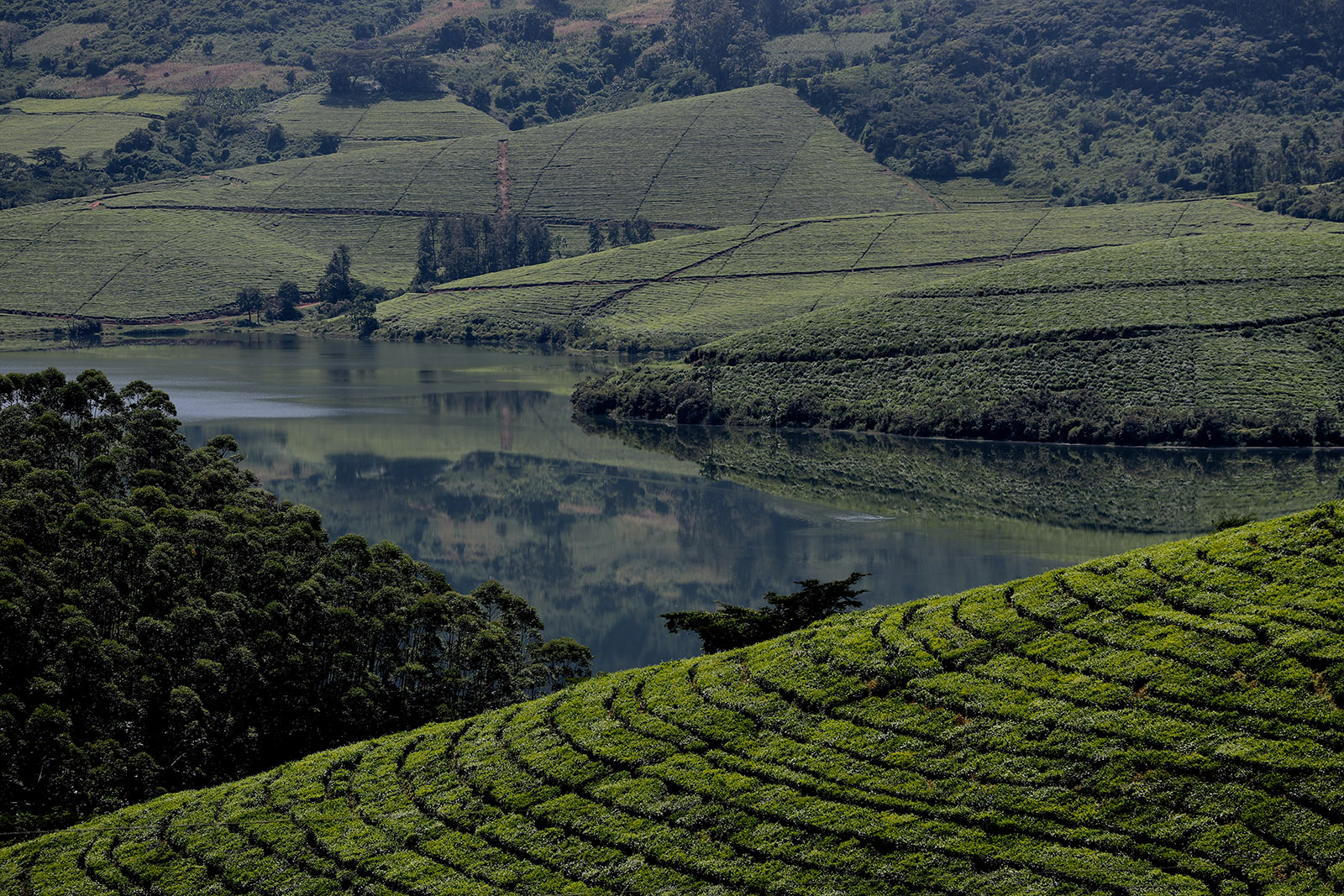
Zimbabwe’s HiH Initiative builds on the Government’s agrifood systems transformation agenda, leveraging existing agricultural investment in the country. The Initiative strengthens the Government's effort with an advanced methodology that combines household-level data with GIS information to identify hot spots. With the Initiative’s support, Zimbabwe is focusing on developing inclusive value chains, enhancing agriculture financing and infrastructure, and reducing food loss and waste. The donor mapping, data assessment and typologies analysis are complete.
With this, the Government has identified entry points. Extensive
consultations have taken place at national and provincial levels.
Asia and the Pacific
| Afghanistan | |
| Bangladesh | |
| Bhutan | |
| Cambodia | |
| Lao PDR | |
| Mongolia | |
| Myanmar | |
| Nepal | |
| Pakistan | |
| Papua New Guinea | |
| Solomon Islands | |
| Tuvalu | |
| Vanuatu |
Africa
| Angola | |
| Benin | |
| Burkina Faso | |
| Burundi | |
| Cameroon | |
| Cabo Verde | |
| Central African Republic | |
| Chad | |
| Congo | |
| Comoros | |
| Djibouti | |
| Eritrea | |
| Eswatini | |
| Ethiopia | |
| Gabon | |
| Gambia, the | |
| Guinea | |
| Guinea-Bissau | |
| Kenya | |
| Lesotho | |
| Madagascar | |
| Malawi | |
| Mali | |
| Mauritania | |
| Mozambique | |
| Niger | |
| Nigeria | |
| Rwanda | |
| Sao Tome and Principe | |
| Senegal | |
| Somalia | |
| South Sudan | |
| Togo | |
| Uganda | |
| United Republic of Tanzania | |
| Zambia | |
| Zimbabwe |
Europe
| Tajikistan |
Latin America and the Caribbean
| Bolivia | |
| Colombia | |
| Cuba | |
| Dominican Republic | |
| Ecuador | |
| El Salvador | |
| Guatemala | |
| Guyana | |
| Haiti | |
| Honduras | |
| Nicaragua | |
| Paraguay | |
| Peru |
Near East and North Africa
| Iraq | |
| Sudan | |
| Syria | |
| Yemen |

